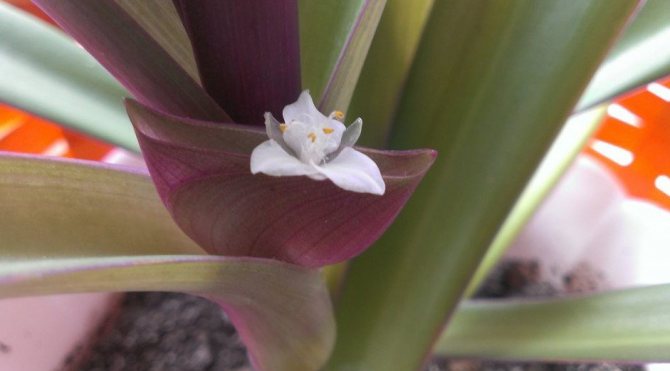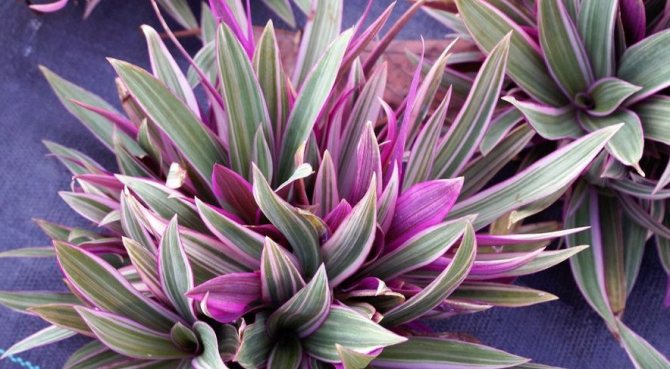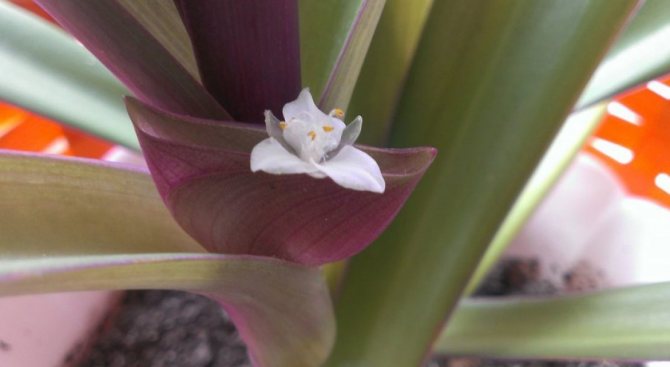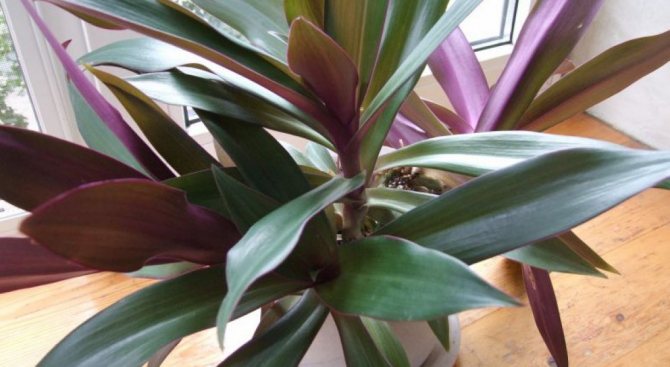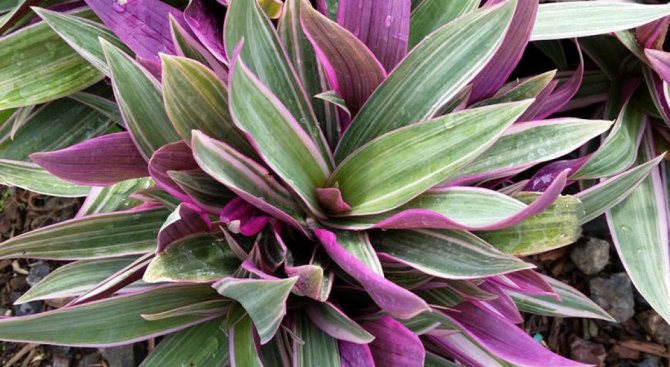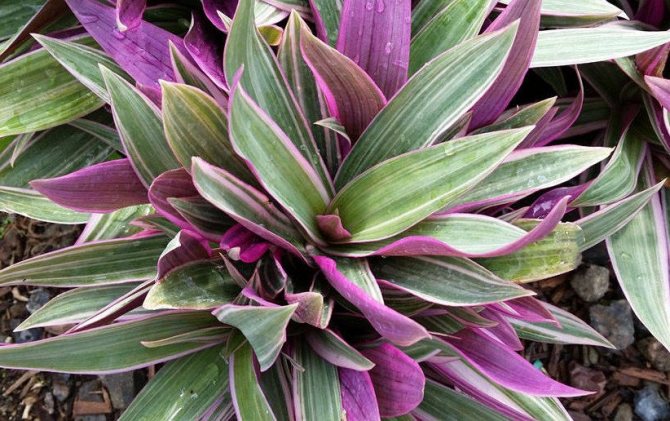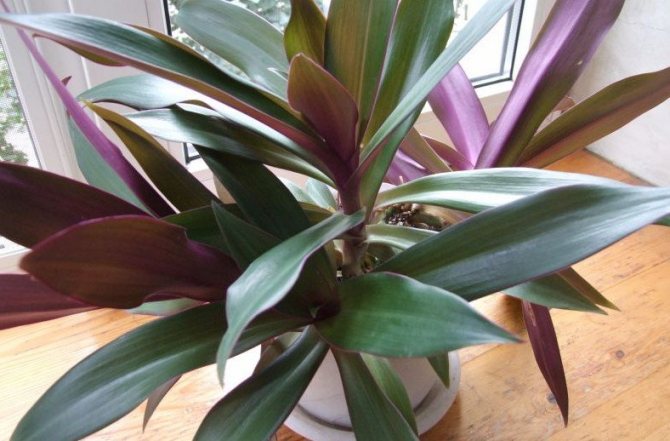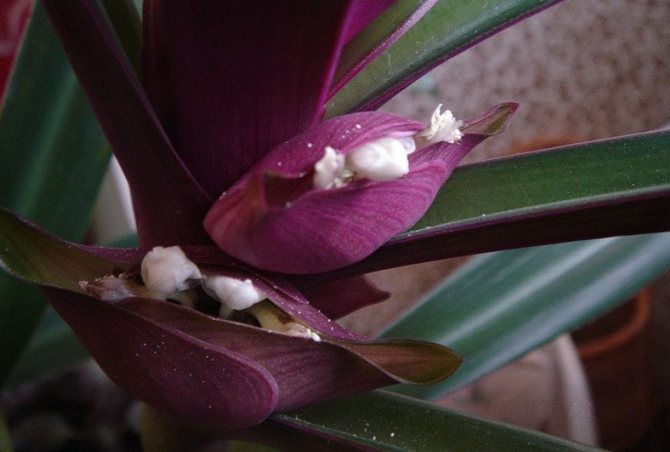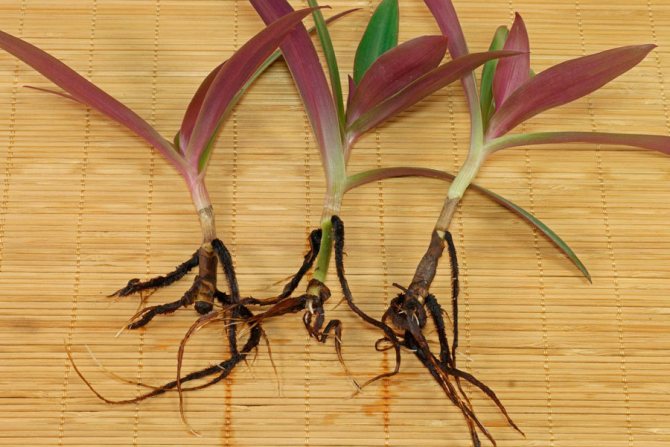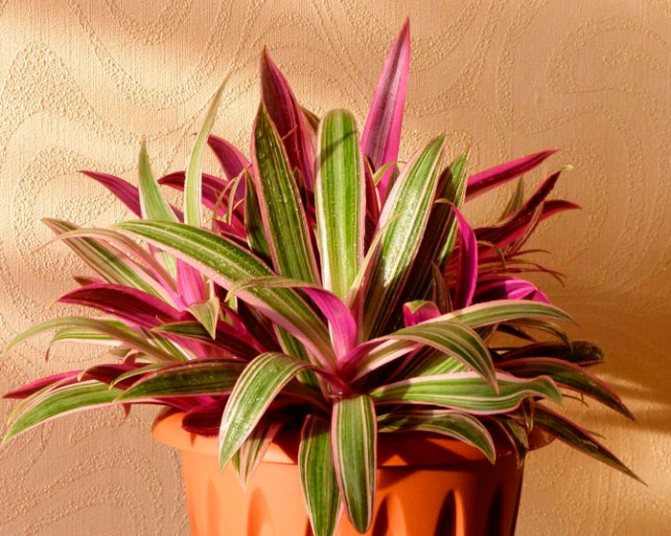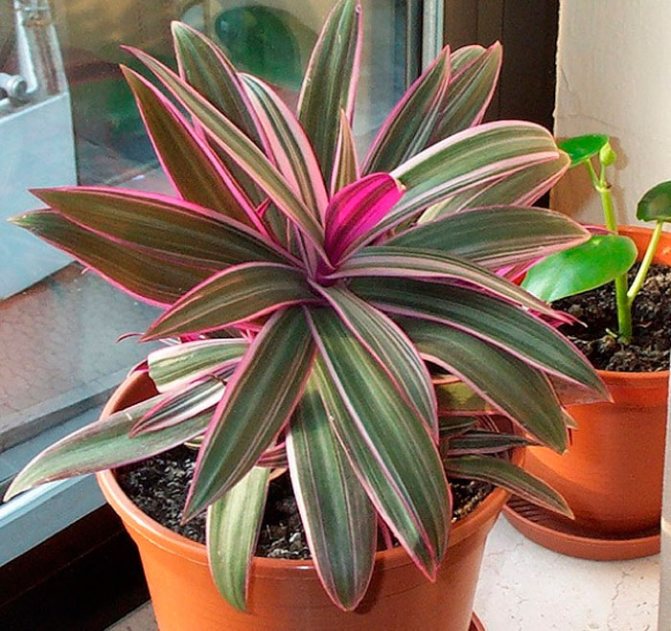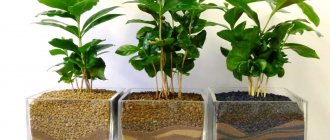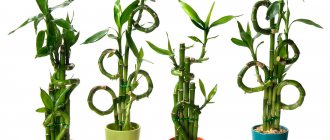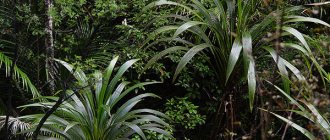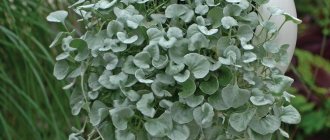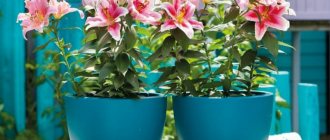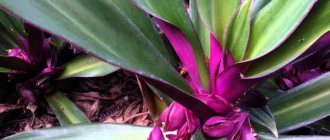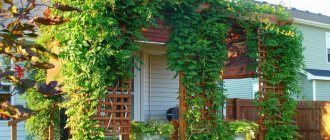
Reo, or as flower growers often call it, Tradescantia is a houseplant as original as it is unpretentious.
If you want to admire a plant as beautiful as an orchid every day, but are ready to pay attention to it like a cactus - rheo is exactly what you need at the moment. Do not expect lush flowering and an unusual aroma - the buds of Tradescantia are very modest - however, the leaves distinguish this culture favorably from other ornamental crops.
A native of the Kommelinov family belongs to single-barreled perennials and, in essence, the plant is unique. Once it was actively used in urban gardening, but over time, the monotypic genus Rheo was abolished, and the species itself began to be considered a Tradescantia and was used very rarely. And in vain! The simplicity of reproduction and the amazing unpretentiousness of rheo when caring at home, allow you to grow a crop even without having experience in floriculture.
Types, their description and photos
Below are descriptions and photos of the main varieties of the rheo flower (variegated (covered), yellow, tradescantia), suitable for reproduction and care at home.
Variegated (covered)
The most common variety found throughout the American continents (both northern and southern) and in the Antilles. The habitat of culture is the banks of rivers, edges and thickets of forests, rocky areas. Dense and dense foliage allows moisture to accumulate, thanks to which the plant successfully tolerates dry days in nature. The photo below shows a variegated (veiled) flower:
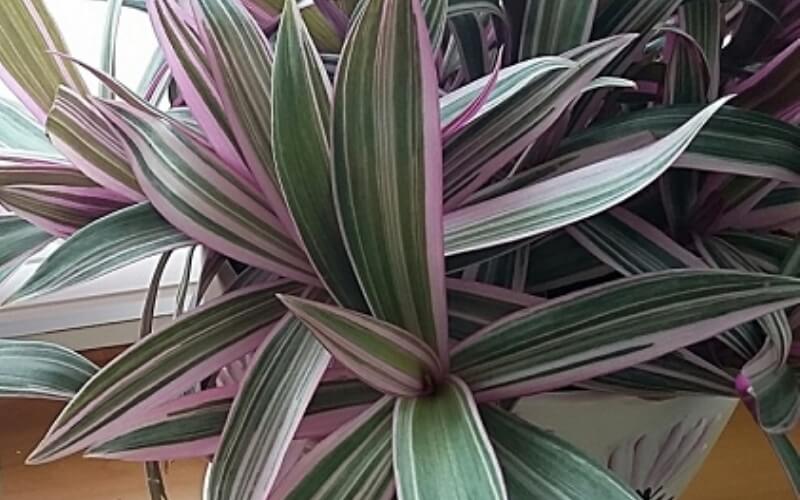

Yellow
A new variety with a spectacular appearance: the outer side of the leaves is colored olive yellow and decorated with asymmetrical emerald green hues, the underside is purple. The plant looks beautiful in compositions with crops of cold green shades. The flowers of the variety are inconspicuous and quickly fall off. You can see what the grade of rheo yellow looks like in the photo below:


Tradescantia
Vigorous, but not too high plant (30-40 cm) with a medium-sized horizontal rhizome and a shortened stem. The shoots are squat, thick, the leaves grow densely, as if "hugging" the trunk at the base, and from above - forming a kind of "rosette". The leaves are painted in bright gray-green and purple colors, glossy, streaked with longitudinal stripes. Blooms poorly. In the photo below, the Tradescantia variety:
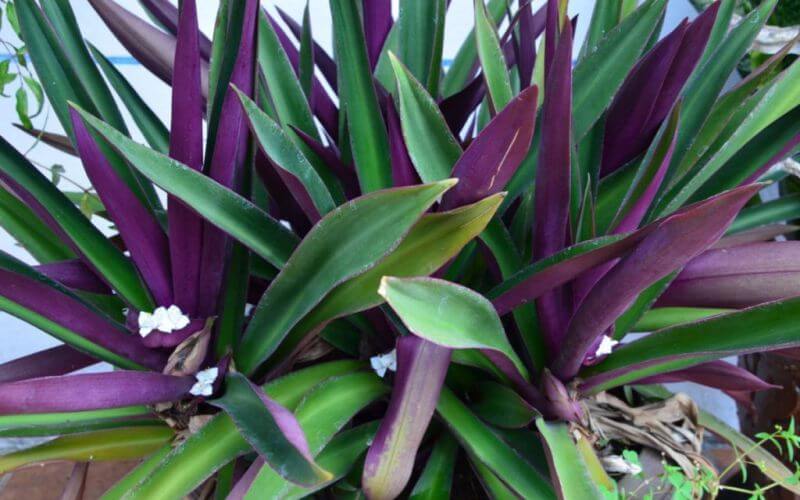

Where is the best place to put the plant
Indoor rheo with bright purple leaves prefers a lot of light, however, direct sunlight is not for him. It is better if the pot with an exotic plant is placed in partial shade. Constant exposure to the sun is fraught with burns and faded leaves.
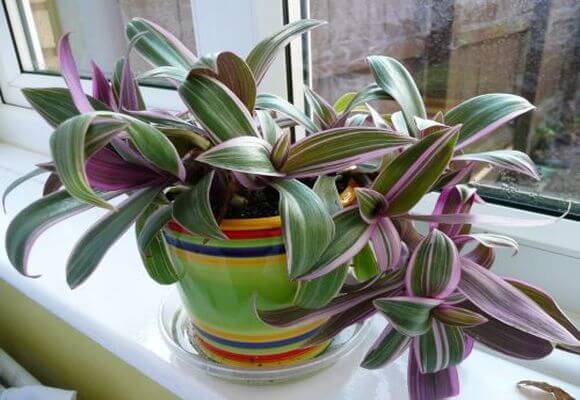

If you remove the rheo deep into the room, where there is little light, then the shoots will stretch out, become dull. The flower will fall ill and die, which, according to superstitions, is very bad - the house will remain unprotected. A suitable place for Tradescantia would be an east or west window, where at noon the leaves will not be affected by the scorching sun.
Based on signs and superstitions, as well as the ancient Chinese science - feng shui, the flower is placed next to the workplace, in the bedroom or living room, where the family constantly gathers.
Care
Location and lighting
Rheo belongs to the group of light-loving cultures and grows in natural conditions under the burning sun without problems. However, when grown at home, it is not so hardy, so the owner of the flower should remember a few rules.
First, when choosing a corner for a plant, consider the variety. Modern variegated varieties and the brightest rheo varieties require more sun, because in partial shade their characteristic color fades. Tradescantia bedspread adapts well to the evening and morning sun, but on a scorching noon it should be removed from the window or shaded. Choose a southern, western or eastern window for growing, but in the northern one, even with illumination, the culture will not grow.
By the way, the plant needs backlighting. From November to April, turn on a fluorescent or special phytolamp for several hours. The total daylight hours should be at least 8 hours.
Reo is picky about the temperature. If the thermometer drops below +7 degrees (and in variegated varieties - below +12 degrees), moisture will cease to be absorbed into the roots, the plant will stop growing and begin to rot from below.
Comfortable temperature for culture - + 18-20 degrees above zero... Such parameters should be maintained all year round. When ventilating the room, do not allow drafts.
Watering
The plant should be watered frequently and sparing no moisture, allowing only the topsoil to dry out and maintaining constant moisture. In spring, summer and autumn, water 2 times a week, in winter - two days after the top layer dries.
Reo will not die from underfilling (these strong bushes can withstand almost any drought), but its appearance will undoubtedly suffer.
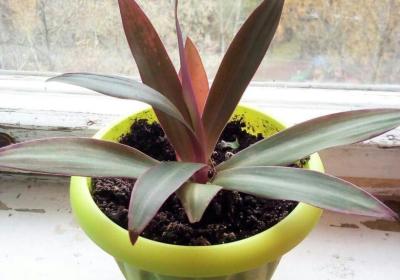

When watering a bush, be extremely careful:
moisture should not get on the leaves... Reo doesn't like that. Pour water slowly and carefully, draining excess from the pan after 10-15 minutes.
For the same reason, you do not need to spray rheo either; it is better to install bowls with wet pebbles near the plant.
Not every water has a beneficial effect on indoor plants. Do not water them with cold or hot water - be sure to heat the liquid to room temperature, otherwise the rheo will grow slower or dry out altogether.
The presence of impurities in water is another negative factor. These are heavy metals, chlorine, and salts - they are not safe for flowers, since they violate the integrity of the roots, settling on them and causing premature wilting. You can take rainwater, but only after prolonged rains and not the first portion... In tap water, the percentage of chlorine is too high, so prepare a volumetric canister and, pouring liquid into it, stand without a lid for at least a day. During this time, chlorine will evaporate, and excess lime will go away. Another option is to freeze the water or use a reverse osmosis filter.
Top dressing
Active Tradescantia should be fed frequently and generously, especially during the growing season. For reo, this process starts in March and ends in September. Select special fertilizers: for decorative deciduous crops or for tradescantia. In this case, there will be not enough universal ones. The permissible dosage is according to the instructions. Frequency - once every 10 days.
Give the reo a rest from October to February: do not feed or move to another place, but continue to spray and highlight.
Transfer
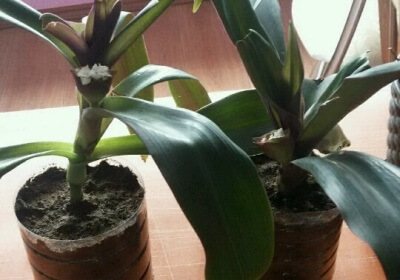

It is better to transplant young rheos (who have reached two years old) once every 2 years, adults - once every 5 years, in the spring, after active growth, but emergency transplants do not scare him.
Reo quickly builds up the root system, expanding in the horizontal plane, therefore choose a shallow but wide pot for it... Plastic is more suitable than others - it retains moisture better.
Do not forget about drainage: you can use shards of a ceramic pot, fragments of bricks or expanded clay.It is best to replace the soil completely or at least by 30%.
How to pinch?
The pinching procedure consists in removing the upper part of the stem, and not only the leaves, but also the growing point. This will prevent the bush from stretching up, but the side shoots will begin to grow more actively. If you want to grow a single bush, remove the side shoots as soon as they appear. Full pruning is not performed.
Growing problems


Sometimes rheo loses its decorative appearance due to improper care; the appearance of the plant will help determine the cause.
- The flower stretched out. This can happen due to lack of lighting. In this case, you need to rearrange the plant to the lightest window, or supplement it with a fluorescent lamp. In order for the Tradescantia to acquire a more compact appearance, its tops must be pinched periodically.
- The pale color of the leaves is also caused by a lack of light.
- Dry leaf tips indicate insufficient air humidity. This phenomenon can occur in hot weather or during heating periods. Air humidity can be easily increased by spraying a flower or using a humidifier.
- The yellowing of the leaves occurs from the excess of the sun's rays. Attach a white sheet of paper to the glass, control light with blinds, or place a plant pot away from a window.
- Shrinking and drying of the leaves occurs from a lack of moisture or due to watering with too cold water. Water the rheo regularly with room temperature water.
- Leaves lose their turgor when the air temperature is too low. If you have cold windowsills, don't keep the rheo on them in winter.
- Young leaves will grow smaller when the flower lacks nutrition. Feed it regularly during the period of active growth.
How to reproduce?
It is better to combine the reproduction procedure with a spring transplant - the indoor flower will grow faster. Select the soil loose and light, rich in humus. A mixture of humus, leaf and peat soil, coarse sand is suitable. Heat the mixture in the oven or freeze it for two days in the freezer before use.
Propagation by cuttings
This method of breeding rheo is the easiest and fastest.
- Cut off the handle with a sharp blade. Any place for a cut can be chosen, but between two kidneys. Pre-treat the blade with a weak solution of potassium permanganate.
- Place the cutting in a glass of water or directly into the ground, deepening above the lower bud. The cut can be treated with "Kornevin" or powdered with activated carbon, but do not plant it immediately after the cut - let it rest for a day and dry.
Seeds
Seeds are planted in a common container and kept at temperatures above 20 degrees... Humidity does not really matter, so they can not be covered with a film. The first soil for sowing is a mixture of river sand and peat, after diving into individual pots, use a more nutritious mixture.
When trying to get seed on your own, keep in mind: only the Rheo variety with green leaves is suitable for this.
Variegated "parents" do not transfer their color during seed reproduction. For work, collect small whitish leaves growing inside the "boats" in the axils of the xiphoid leaves (at the very trunk), dry and plant.
Reproduction is possible in two ways
Seeds
It does not reproduce very willingly, it all depends on the time of their ripening: if the weather was sufficiently humid, warm, sunny, then the planting material will turn out to be what you need. To obtain good and strong shoots, the seeds must first be soaked in water for a day, preferably with a growth stimulator. Then they are sown in a common pot. It is not worth deepening the seeds, you can only sprinkle it with soil a little, literally a couple of millimeters. After planting, it is worth covering the container with the planted seeds with a plastic bag, that is, creating greenhouse conditions. Planted seeds do not need to be placed in direct sunlight - the optimal temperature will be 20-22 degrees.Now all that remains is to wait, because seedlings appear in 2-6 weeks. Of course, during this time, do not forget about maintaining optimal soil moisture in your greenhouse. After the germination of young Reo, they begin to regularly air the greenhouse - every day for a third of an hour. As soon as a couple of leaves come out of the young, greenhouse conditions should be abandoned and you can take care of them like adult plants.
Reproduction by lateral processes
A more preferable method, in contrast to propagation by seeds, since in this case, in 100% of cases, all the varietal characteristics of the parents are transferred to young plants. In the natural conditions of tropical forests, this genus of plants grows precisely through lateral processes, rather quickly mastering new territories. This breeding method is not something special and very simple. It is necessary to cut off young side shoots and leave them for root germination in settled water.
New young roots form quickly enough in the cuttings, and they will become ready for planting in the ground.
Diseases and Pests
- If your Tradescantia leaves dry, then the air in the room is not humid enough. Cover heating devices, place bowls of water around the plant, or purchase humidifying air.
- With a lack of nutrients, the leaves turn brown or yellow, they lose their color brightness.
- The cold air causes them to soften, turn pale and droop.
- Excess moisture causes stunted growth, gray rot, or powdery rot. At the first sign of decay, remove the affected parts and transplant the plant into a new pot with different soil.
Few pests can cause significant harm to reo. Except, however, mealybugs and scale insects - they quite often attack this culture.
Mealybugs (also called hairy lice) leave behind cotton-like secretions on the leaves - an excellent environment for the development of a sooty fungus. Individuals suck the nutritious sap from the plant, weakening it and causing it to die slowly. Gather adult insects with your hands (rheo should not be washed in the shower!), Wipe the leaves and stems with a swab soaked in soapy water, then spray with Aktar, Fitoferma or Biotlin.


It will be more difficult to cope with adult scale insects: they are covered with a very dense layer of wax. One or two treatments will not help; the procedure will have to be repeated 3-4 times.
- Brush off the scale insects with a soft toothbrush.
- Treat the damaged area with fresh onion juice.
- Dissolve in 1 liter of warm water 5 drops of kerosene, 25 grams of green soap (or 40 grams of household soap), shake and grease the stems and leaves. You can also use olive oil: stir 2 large spoons in a liter of water and brush over the plant from top to bottom.
- If there are a lot of insects, folk remedies will not help. Use an insecticide: Fitoverm, Bankol, Mospilan, Aktara, Ragor or Aktellik.
Benefit and harm
Reo can be used as a medicine. Traditional medicine recommends use compresses from finely chopped leaves for the treatment of rheumatism and the healing of small wounds, with pain in the joints, fresh broth - for the treatment of intestinal pathologies, with dysentery and intestinal bleeding.
But remember: fresh Tradescantia vellus juice is very poisonous! Do not let it get on the mucous membranes and do not let pets and small children play with the leaves of the plant.
The magical properties of the plant
According to the signs, an exotic flower with an unusual color of leaves is endowed with magical powers. If a reo lives in the house, then the influence on others is noticeable:
- creative activity increases;
- aggression towards others disappears;
- thoughts come to order;
- reciprocity appears;
- fantasy develops.
In addition, the flower is able to protect from witchcraft and envious people, keeps the owner from rash acts and drives away bad thoughts.
Superstitions endow rheo with healing properties. The flower is indispensable for joint diseases, the juice from the leaves helps relieve pain. Compresses are done at night, applying to the inflamed area.
Signs and superstitions


It is believed that rheo is under the control of Mars and the Sun, thanks to which the plant gives the atmosphere of the house a spirit of high feelings and nobility, allows you to release creative energy and inner strength.
A lovingly grown plant neutralizes evil energy, takes bad messages from others. In some books on magic, the rheo root is advised to be used as a talisman against black witchcraft.
Who can give a reo flower
According to signs and superstitions, reo is suitable for people who are insecure and self-contained. It helps to unleash the potential of the individual and gives confidence.
You can give a flower to a childless couple or people in love. The main thing is that this should be done from the heart.
Reo develops talent, it is a flower for creative individuals. A vivid example of this is a lot of new works, handicrafts, paintings, works. It is easy to create and create next to it.
Superstition or not, Rheo is a good healer of body and soul. It is given to wish health and well-being to the family.
Photo gallery
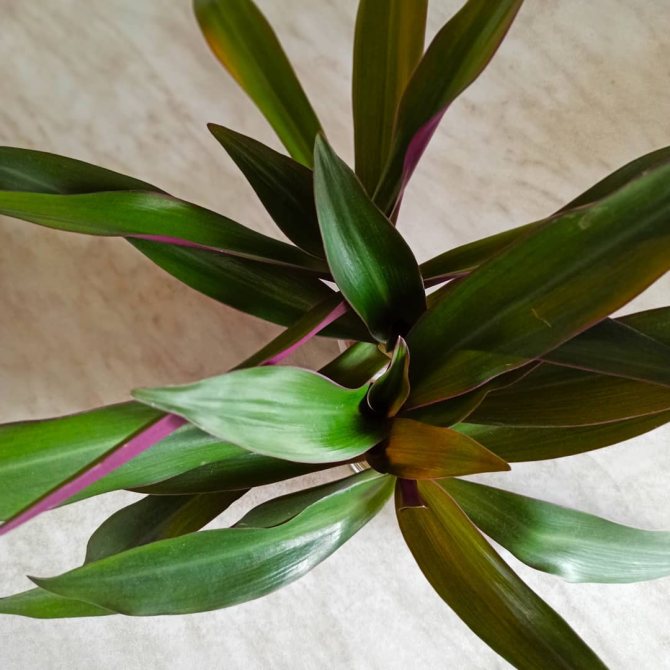

zoitschik
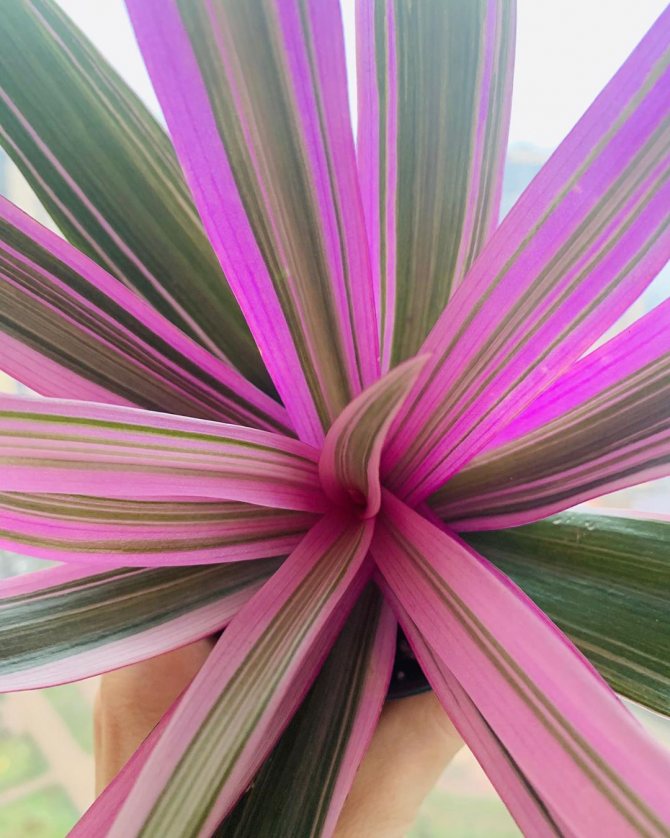

collectionficus
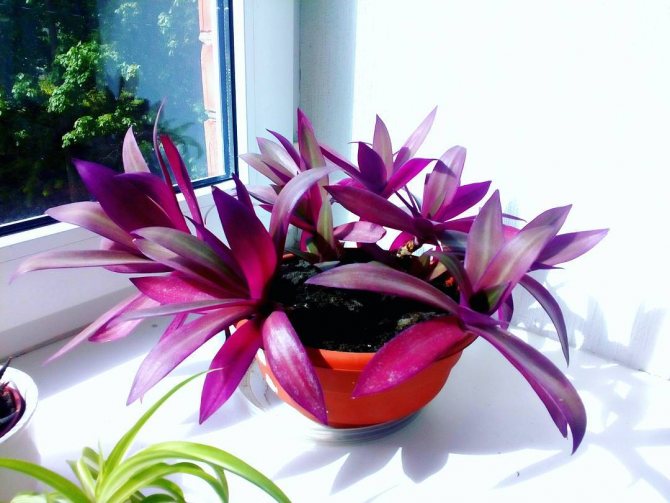

liiamik
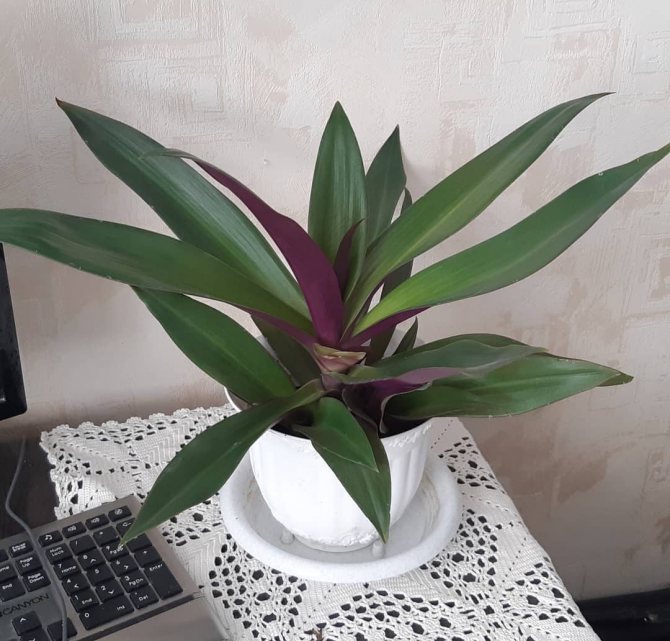

juliatkachenko2729


natysik6star
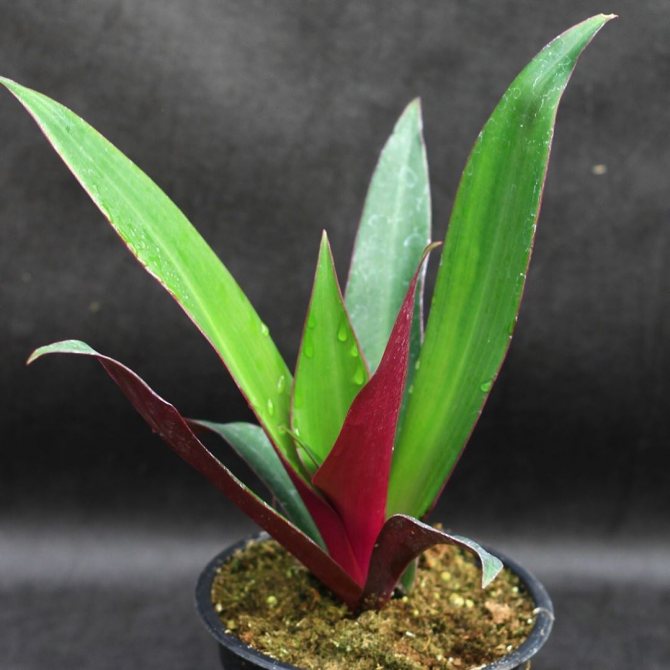

sts.edem

